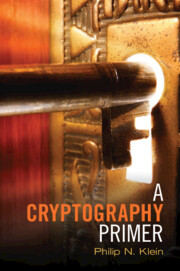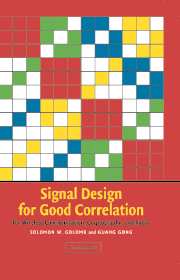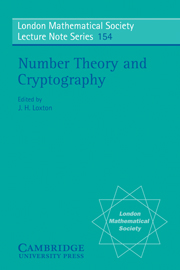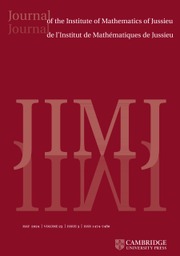A Cryptography Primer
Cryptography has been employed in war and diplomacy from the time of Julius Caesar. In our Internet age, cryptography's most widespread application may be for commerce, from protecting the security of electronic transfers to guarding communication from industrial espionage. This accessible introduction for undergraduates explains the cryptographic protocols for achieving privacy of communication and the use of digital signatures for certifying the validity, integrity, and origin of a message, document, or program. Rather than offering a how-to on configuring web browsers and e-mail programs, the author provides a guide to the principles and elementary mathematics underlying modern cryptography, giving readers a look under the hood for security techniques and the reasons they are thought to be secure.
- Intended as a gentle introduction to the principles and elementary mathematics underlying modern cryptography, accessible to undergraduates and graduate students alike
- Presents a look under the hood, examining security techniques and the reasons they are thought to be secure
Product details
March 2014Paperback
9781107603455
186 pages
228 × 152 × 15 mm
0.3kg
72 b/w illus.
Available
Table of Contents
- 1. Introduction
- 2. Modular arithmetic
- 3. The addition cypher, an insecure block cypher
- 4. Functions
- 5. Probability theory
- 6. Perfect secrecy and perfectly secure cryptosystems
- 7. Number theory
- 8. Euclid's algorithm
- 9. Some uses of perfect secrecy
- 10. Computational problems, easy and hard
- 11. Modular exponentiation, modular logarithm, and one-way functions
- 12. Diffie and Hellman's exponential-key-agreement protocol
- 13. Computationally secure single-key cryptosystems
- 14. Public-key cryptosystems and digital signatures.








